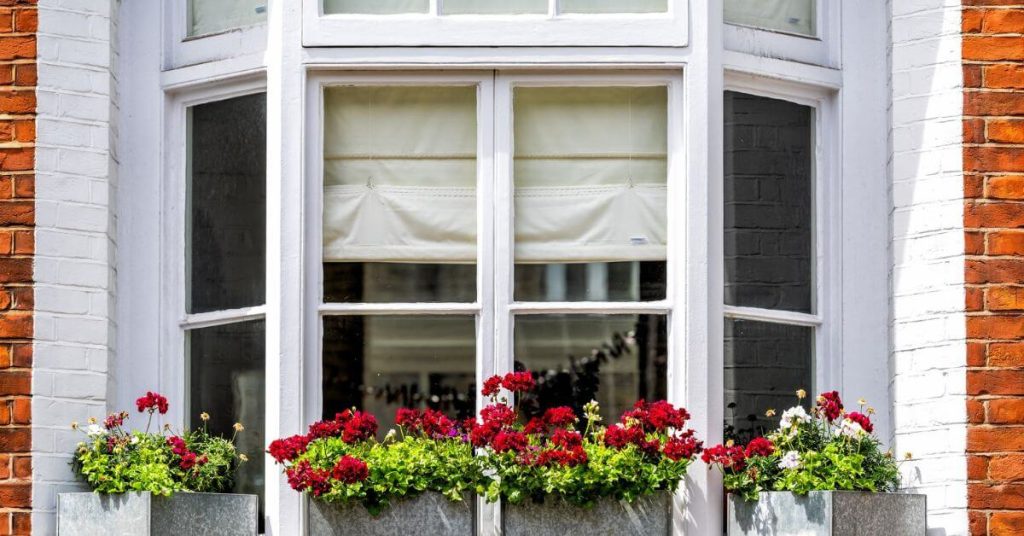When it comes to upgrading your home’s aesthetic and functionality, the choice of windows can play a significant role. Among the various window options, bay and bow windows stand out as popular choices, both offering unique benefits that can transform your living space. However, understanding the key differences between these two styles is crucial to making an informed decision that suits your home and preferences.
Bay Windows
Bay windows are a classic choice that exudes elegance and provides a cozy nook within your home. Comprising three windows, these projections extend out from your home’s exterior wall, creating an inviting space that offers a panoramic view of the outdoors. The design typically includes a larger central window flanked by two smaller windows on either side.
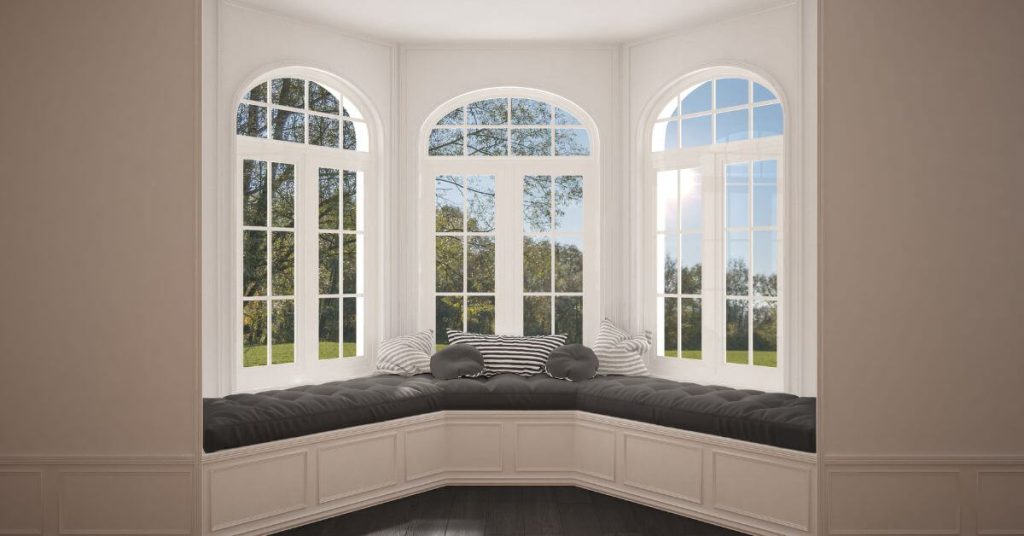
Here’s a closer look at the pros and cons of bay windows:
Pros
- Affordability: Bay windows are a more budget-friendly option, making them an excellent choice for homeowners looking to enhance their homes without breaking the bank.
- Easier Installation: Their simpler design and lighter weight make bay windows easier to install compared to their bow counterparts.
- Curb Appeal: Bay windows add a touch of charm to your home’s exterior, boosting both its beauty and resale value.
- Better Ventilation: While the central window is often fixed, the side windows in bay configurations are typically casement windows that can be opened for ventilation.
Cons
- Space Consumption: Bay windows extend further from the exterior wall, occupying more space within the room.
- Limited Views: While offering great views, bay windows are slightly more restrictive compared to bow windows due to their three-panel configuration.
- Less Natural Light: Fewer glass panels result in less natural light entering the room compared to bow windows.
Bow Windows
Bow windows are designed to impress with their graceful curve and expansive glass panels. Comprising four to six windows, bow windows create a larger and wider projection that offers panoramic views of the surrounding landscape. The symmetrical design consists of equally sized panels, forming a gentle arch that enhances both interior and exterior aesthetics.
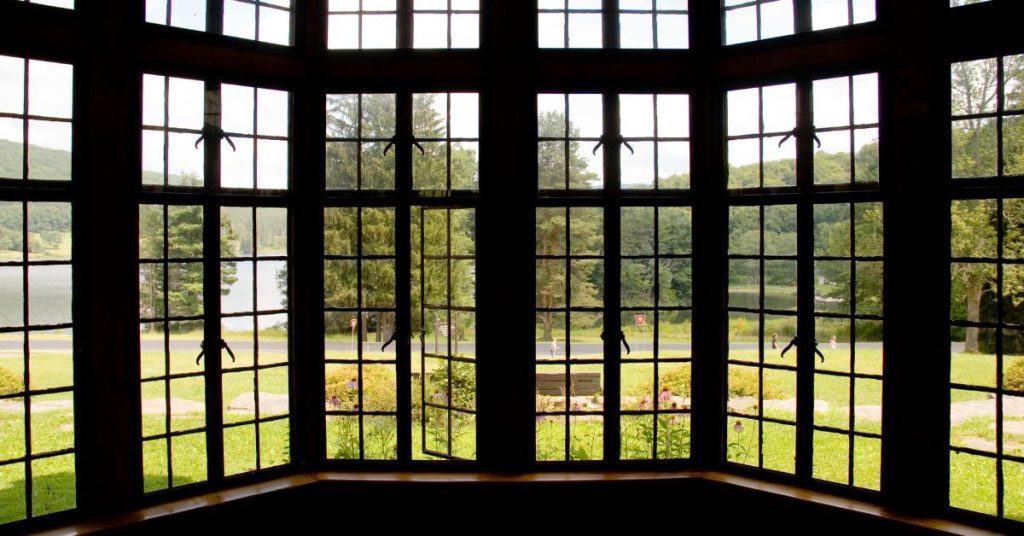
Here’s a closer look at the pros and cons of bow windows:
Pros
- Enhanced Views: Bow windows provide broader views of the outdoors, making them an ideal choice for those who want to connect with nature from within their home.
- Ample Natural Light: The increased number of glass panels allows more sunlight to fill your living space, creating a bright and welcoming atmosphere.
- Space Efficiency: While still projecting from the wall, bow windows take up less interior space than bay windows due to their curved design.
Cons
- Higher Cost: The increased number of panels and complexity of installation make bow windows costlier than bay windows.
- Complex Installation: The larger size and added weight of bow windows make their installation more challenging and require professional expertise.
- Limited Ventilation: Bow windows may have limited operable panels, impacting their ability to provide optimal ventilation compared to bay windows.
Bay vs. Bow Windows
Design Features
When comparing bay windows and bow windows, their design features play a pivotal role in determining the ideal fit for your home. Bay windows are characterized by their angular lines and flat planes, making them particularly suited for modern homes seeking a contemporary aesthetic. On the other hand, bow windows boast an elegant curved structure that exudes Victorian charm, seamlessly blending with various architectural styles to enhance the overall visual appeal of your living space.
Natural Light
One significant aspect to consider is the amount of natural light they bring into your living space. Bay windows, with their characteristic three-panel configuration, do provide natural light, but due to the fewer panels, they might let in less sunlight compared to bow windows. Bow windows, designed with an array of four to six glass panels, have the advantage of flooding your interior with an abundance of natural light. This feature not only creates a brighter and more welcoming atmosphere but also allows you to enjoy the beauty of the outdoors from the comfort of your home.
Ventilation
Bay windows typically come with casement windows on their sides, allowing for effective ventilation options. The operable casement windows can be easily opened to let fresh air flow into the room. Bow windows offer ventilation that may vary based on their specific configuration. The number of operable panels in bow windows can influence their ability to provide optimal airflow. It’s important to note that while bow windows can provide ventilation, the arrangement of the panels might impact the overall effectiveness compared to bay windows. Therefore, if ventilation is a critical factor for your window choice, understanding the specific design of both bay and bow windows is essential to ensure your desired level of airflow in your living space.
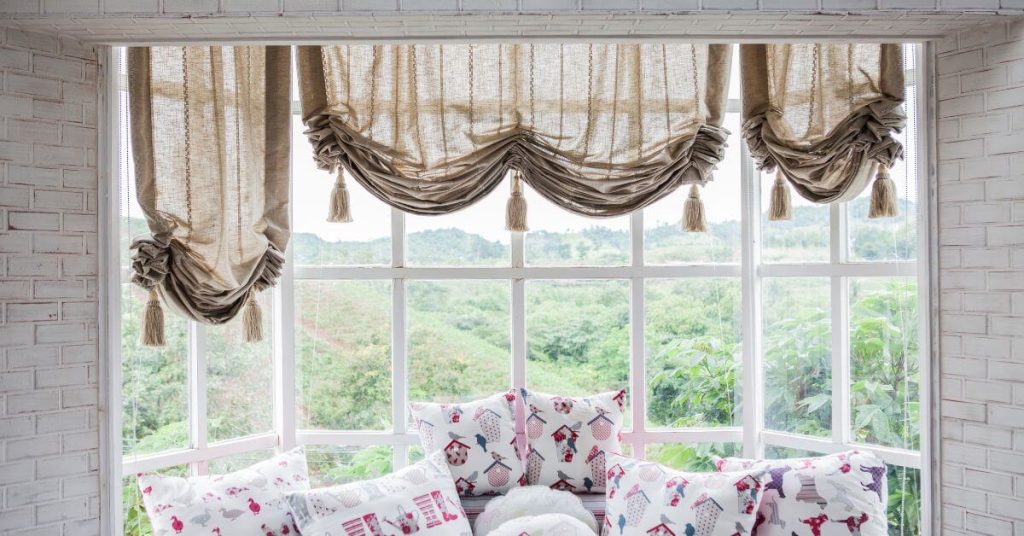
Interior Space
How your new windows will affect your interior space can play a pivotal role in your decision-making. Bay windows offer a design that results in a deeper alcove, which can be utilized for additional seating or storage within the room. This feature makes bay windows an attractive option for those seeking functional extensions to their living space. Bow windows feature a unique curved design that efficiently utilizes interior space without imposing as much on the room itself. This curvature allows for the creation of an expanded area within your home, providing an inviting nook or extended seating area that seamlessly blends with the rest of the room’s layout. Ultimately, the choice between bay and bow windows in terms of interior space depends on your specific needs and preferences, whether you prioritize a deeper alcove or a more spacious and fluid interior arrangement.
Cost
The more affordable option is bay windows, in terms of installation, due to their simpler design and fewer panels. Bow windows come with added complexity and a larger number of glass panels, which can result in a higher cost for both the windows themselves and their installation. Therefore, your budget and financial considerations play a crucial role in determining which option aligns better with your resources.
Maintenance
With fewer glass panels bay windows, offer the advantage of easier cleaning and maintenance. The reduced number of panels simplifies the cleaning process and upkeep. Bow windows, due to their larger number of panels and intricate design, may require more effort and attention to detail when it comes to cleaning and maintenance. The additional glass panels and the complexity of the design might necessitate thorough care to ensure their longevity and visual appeal over time.
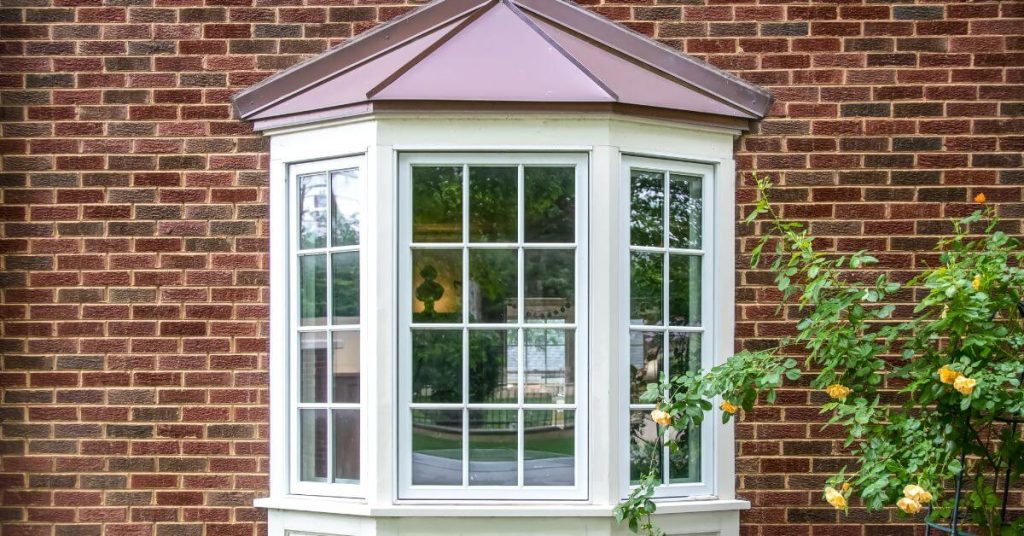
The choice between bay and bow windows ultimately depends on your specific preferences, budget, and the architectural style of your home. Both options offer unique benefits, from cozy nooks to panoramic views, and can significantly enhance your living space’s appeal. By carefully considering the design features, natural light, ventilation, interior space, cost, and maintenance requirements, you can make an educated decision that perfectly suits your home and lifestyle.
If you’re unsure which option is best for your home, don’t hesitate to call Luma Doors and Windows, who can guide you through the process and help you choose the perfect windows for your needs.
